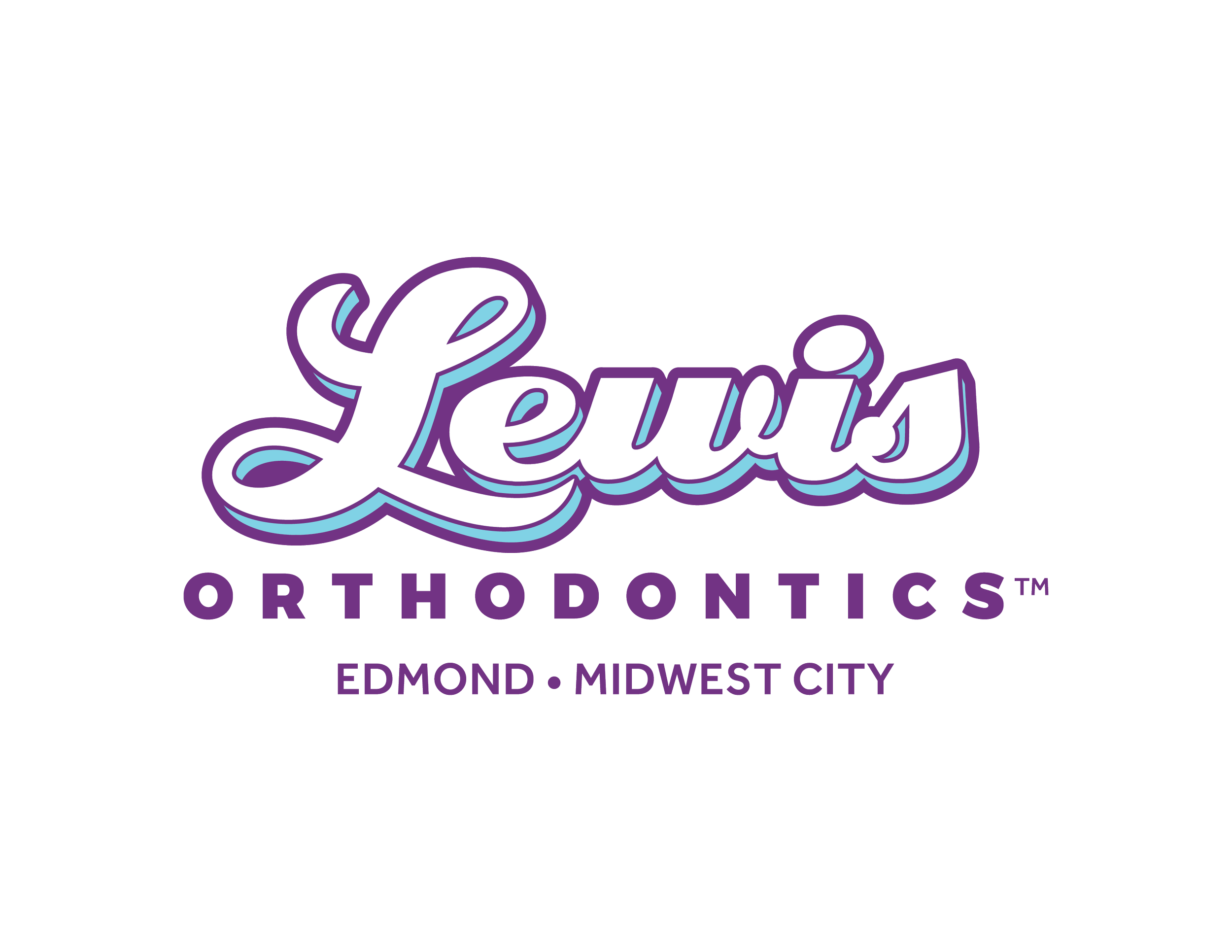The Smile Team at Lewis Orthodontics sees all kinds of orthodontic issues daily. These include crowded teeth, deep overbites, underbites, open bites, over jets and missing teeth.
All are common orthodontic issues in adults and children. Whether you are concerned about aesthetics or oral health, we can fix your teeth and improve your dental function and appearance. You may not even need braces — in some cases, a treatment plan without braces is more appropriate. The American Association of Orthodontists recommended that children be seen around the age of seven to prevent future problems with their teeth as they develop.
Below, we discuss the most common orthodontic issues in more detail. These issues affect children and adults, but all of them can be successfully treated, allowing you or your child to smile confidently.
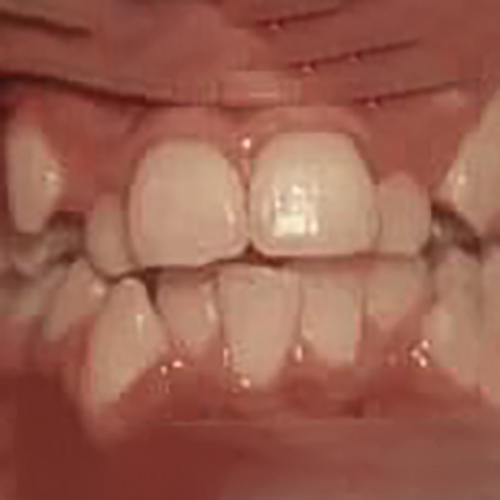
Crowded Teeth
Crowded teeth are a common problem in children and adults. The problem can normally be corrected for most patients with fixed braces or clear aligners implemented for 16 to 24 months. Crooked teeth can cause bad breath and gum/bone problems later in life because of difficulties in cleaning. This can lead to a lack of self-esteem for some people. Dr. Lewis can help you have a smile you are proud of for the rest of your life!
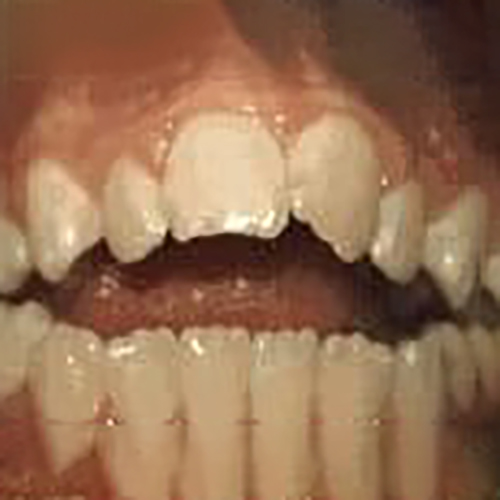
Open Bite
Many children suck their thumb as a baby. Often, the habit disappears as a child matures and no permanent damage is done. However, if a child continues with their thumb-sucking habit, it can cause an open bite where the front teeth do not touch when the back teeth are biting down. This can be corrected with braces and through a special appliance called a crib, which retrains the tongue. Mouth-breathing often contributes to this as well, so correcting the reason a person can’t breathe through their nose can make a huge difference in facial development if caught early.
Another cause of an open bite is a tongue-thrusting habit. The tongue being in the wrong position can cause the palate formation and growth of the jaws to be abnormal. The tongue also keeps the teeth from erupting properly, which can cause the front teeth to hit improperly. Growth problems and more extensive treatment, even surgery, can be prevented if caught early and treated with proper orthodontic care.
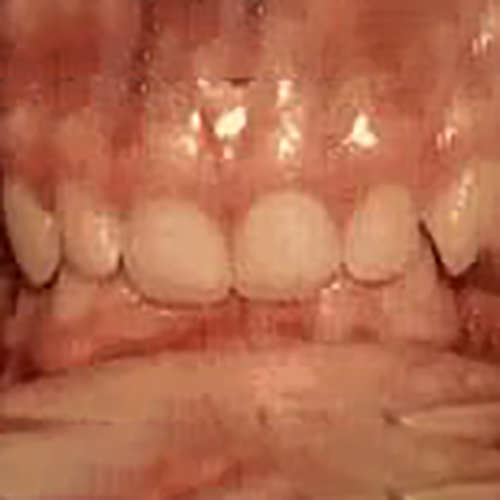
Deep Overbite
A deep overbite is where the upper teeth cover too much of the lower teeth when you bite down. It can force the front teeth to hit harder than the back teeth and cause fracture and wear of the enamel. Sometimes the lower teeth even hit the palate and can cause the gum tissue to shrink away from the teeth! Leaving a deep bite untreated can cause extensive dental work later due to spacing, wear of the teeth, fracture and loss of teeth and even jaw surgery.
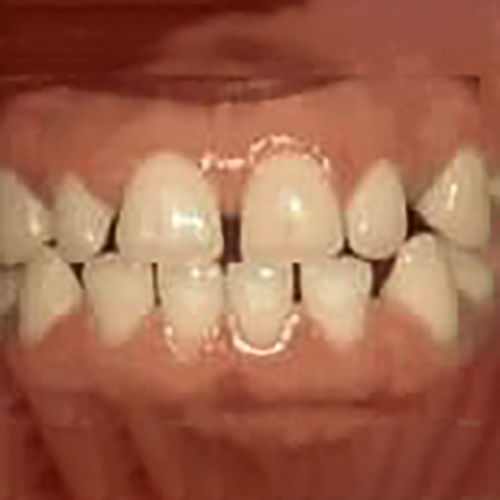
Underbite
An excessive underbite will cause jaw pain and excessive wear and tear on teeth. An underbite can be corrected using braces to improve the patient’s smile and dental function. Leaving an underbite untreated as an adult can also require jaw surgery.
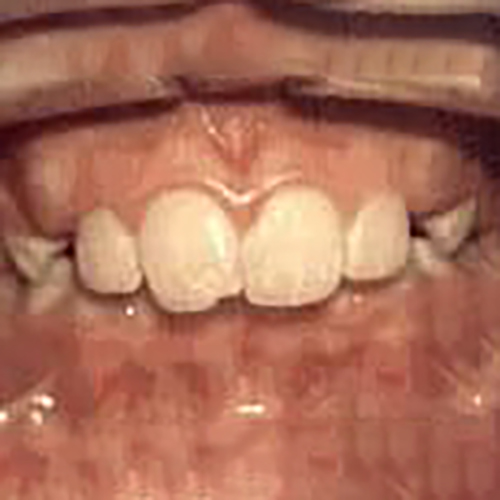
Overjet
An overjet is when the top teeth protrude over the bottom teeth. This is typically corrected using two phases of treatment to help the jaw align more harmoniously and move the patient’s teeth into the correct position.
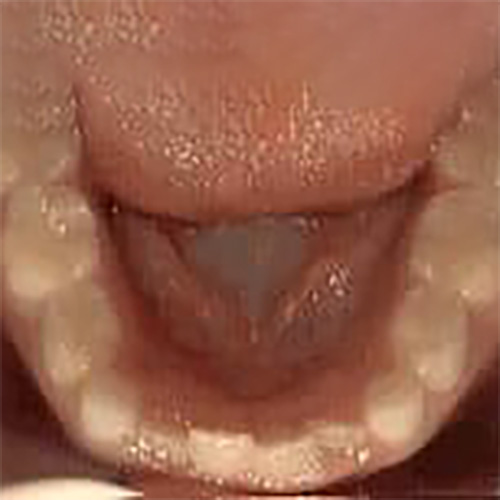
Non-braces Treatment
We don’t always use braces to achieve a noticeable improvement in teeth alignment. If a non-braces treatment plan is commenced at an early age, permanent teeth will have more room to move into the correct position. This is why we recommend that children be seen around the age of seven, as prompt treatment can often avoid the need for braces, prevent extractions and reduce overall time in braces.
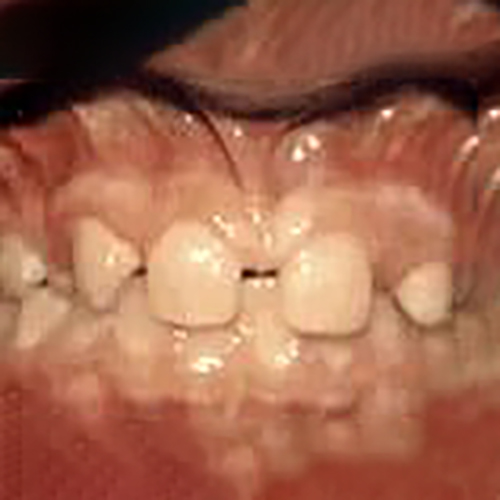
Missing Teeth
Braces are used to move teeth into the correct position before missing teeth are replaced with bonded Maryland bridges, conventional bridges or implants to ensure the proper tooth size for maximum aesthetics. The result is improved dental function and aesthetics.
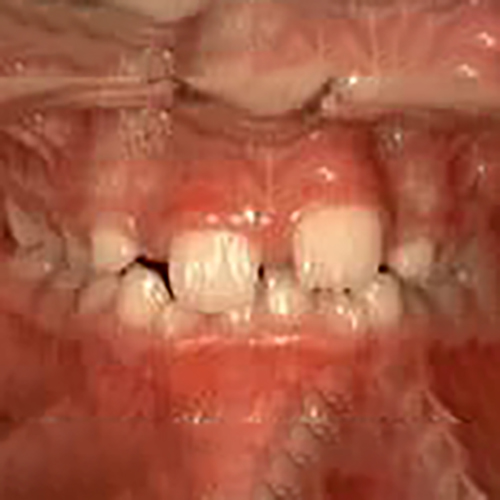
Phase One Treatment
Phase one treatment is any early treatment before a child has lost all the primary teeth and corrects a particular problem. In younger children, this is often enough to correct overcrowding and misaligned permanent teeth, make room for teeth that do not have enough room to erupt and correct crossbites. 12 months of phase one treatment will often be enough to improve the appearance and function of a patient’s teeth. It can reduce overall treatment time, prevent extractions of permanent teeth and jaw surgery.
Contact the Lewis Orthodontics Smile Team for a complimentary consultation if you have concerns about any of the above common orthodontic issues.
The Smile Team at Lewis Orthodontics sees all kinds of orthodontic issues daily. These include crowded teeth, deep overbites, underbites, open bites, over jets and missing teeth.
All are common orthodontic issues in adults and children. Whether you are concerned about aesthetics or oral health, we can fix your teeth and improve your dental function and appearance. You may not even need braces — in some cases, a treatment plan without braces is more appropriate. The American Association of Orthodontists recommended that children be seen around the age of seven to prevent future problems with their teeth as they develop.
Below, we discuss the most common orthodontic issues in more detail. These issues affect children and adults, but all of them can be successfully treated, allowing you or your child to smile confidently.

Crowded Teeth
Crowded teeth are a common problem in children and adults. The problem can normally be corrected for most patients with fixed braces or Invisalign implemented for 16 to 24 months. Crooked teeth can cause bad breath and gum/bone problems later in life because of difficulties in cleaning. This can lead to a lack of self-esteem for some people. Dr. Lewis can help you have a smile you are proud of for the rest of your life!

Open Bite
Many children suck their thumb as a baby. Often, the habit disappears as a child matures and no permanent damage is done. However, if a child continues with their thumb-sucking habit, it can cause an open bite where the front teeth do not touch when the back teeth are biting down. This can be corrected with braces and through a special appliance called a crib, which retrains the tongue. Mouth-breathing often contributes to this as well, so correcting the reason a person can’t breathe through their nose can make a huge difference in facial development if caught early.
Another cause of an open bite is a tongue-thrusting habit. The tongue being in the wrong position can cause the palate formation and growth of the jaws to be abnormal. The tongue also keeps the teeth from erupting properly, which can cause the front teeth to hit improperly. Growth problems and more extensive treatment, even surgery, can be prevented if caught early and treated with proper orthodontic care.

Deep Overbite
A deep overbite is where the upper teeth cover too much of the lower teeth when you bite down. It can force the front teeth to hit harder than the back teeth and cause fracture and wear of the enamel. Sometimes the lower teeth even hit the palate and can cause the gum tissue to shrink away from the teeth! Leaving a deep bite untreated can cause extensive dental work later due to spacing, wear of the teeth, fracture and loss of teeth and even jaw surgery.

Underbite
An excessive underbite will cause jaw pain and excessive wear and tear on teeth. An underbite can be corrected using braces to improve the patient’s smile and dental function. Leaving an underbite untreated as an adult can also require jaw surgery.

Overjet
An overjet is when the top teeth protrude over the bottom teeth. This is typically corrected using two phases of treatment to help the jaw align more harmoniously and move the patient’s teeth into the correct position.

Non-braces Treatment
We don’t always use braces to achieve a noticeable improvement in teeth alignment. If a non-braces treatment plan is commenced at an early age, permanent teeth will have more room to move into the correct position. This is why we recommend that children be seen around the age of seven, as prompt treatment can often avoid the need for braces, prevent extractions and reduce overall time in braces.

Missing Teeth
Braces are used to move teeth into the correct position before missing teeth are replaced with bonded Maryland bridges, conventional bridges or implants to ensure the proper tooth size for maximum aesthetics. The result is improved dental function and aesthetics.

Phase One Treatment
Phase one treatment is any early treatment before a child has lost all the primary teeth and corrects a particular problem. In younger children, this is often enough to correct overcrowding and misaligned permanent teeth, make room for teeth that do not have enough room to erupt and correct crossbites. 12 months of phase one treatment will often be enough to improve the appearance and function of a patient’s teeth. It can reduce overall treatment time, prevent extractions of permanent teeth and jaw surgery.
Contact the Lewis Orthodontics Smile Team for a complimentary consultation if you have concerns about any of the above common orthodontic issues.
The Earlier We Can Start Treatment, the Better. So Don’t Delay!
Plan Your Visit Today!

